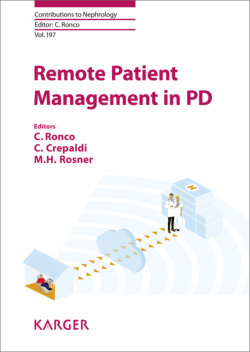Читать книгу Remote Patient Management in Peritoneal Dialysis - Группа авторов - Страница 37
На сайте Литреса книга снята с продажи.
Critical Design Elements
ОглавлениеThe SHARESOURCE platform is built with multiple design considerations and supports software design best practices such as disaster recovery, scalability to meet the growing demand, logging, monitoring, auditing, role-based access control, multi-factor authentication, data privacy, and security.
Fig. 3. Treatment summary run sheet and cycle profile example for a patient with an AMIA cycler.
Security is a primary design requirement for Sharesource. The SHARESOURCE platform supports and meets various industry standards and implements security at various levels such as application, device communication, network, and infrastructure.
At an application level, all clinicians are required to have a login and password to access the SHARESOURCE Clinical Portal. While setting up the account, clinicians need to meet strict password requirements and are required to setup security questions. Clinics which have stricter security needs can opt for a second level authentication such as one time token or SMS (short message service). Clinicians are required to change their password at regular intervals. These activities are recorded and stored in an encrypted data store for future audit and compliance needs.
Table 1. Features available in SHARESOURCE clinical portal
All communications between the cycler, remote connectivity server, and Sharesource are encrypted with industry standard protocol (128 bit SSL/HTTPS). An additional level of security is implemented directly between the cycler and Sharesource, all data (treatment files and device settings) exchanged between the cycler and the SHARESOURCE platform is encrypted with a highly secured encryption algorithm. The remote connectivity server cannot read these data packets, and it acts as a postman delivering the packets without accessing the contents.
